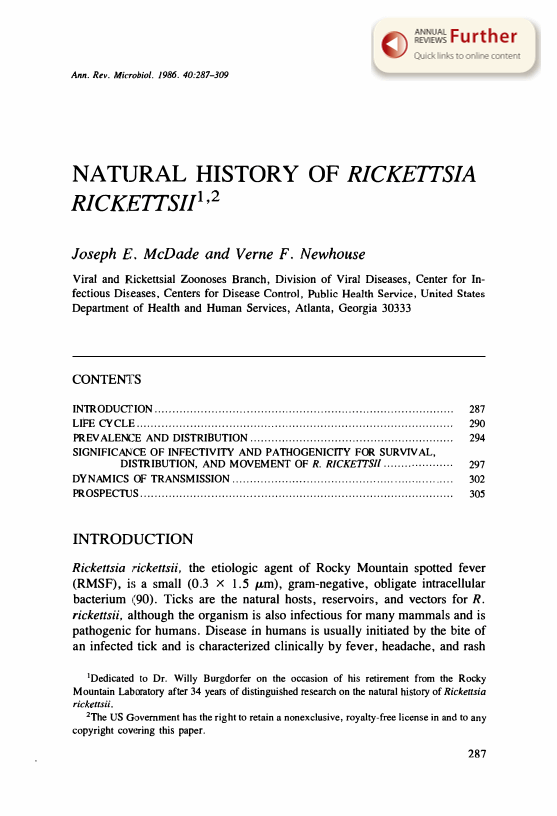
Full text loading...

Natural History of Rickettsia Rickettsii, Page 1 of 1
< Previous page | Next page > /docserver/preview/fulltext/micro/40/1/annurev.mi.40.100186.001443-1.gif
There is no abstract available.

Article metrics loading...

Full text loading...

